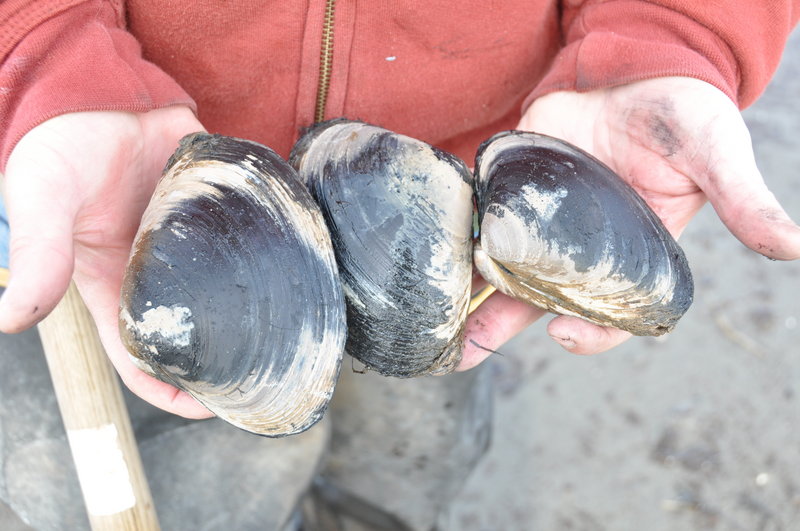The surf clam fishery — typically centered from the Mid-Atlantic states to northern New Jersey — continues to shift northward. Over time, the distribution shows increased landings in southern New England and Georges Bank. Southern New England and Long Island are productive for ocean quahogs.
Quota for both fisheries has been the same for 15 years, and set at levels higher than demand since the mid-2000s. Fishermen, for the past decade, have come shy of reaching quota, harvesting between 86 percent in 2008 down to 64 percent in 2017.
“The industry has asked the council to maintain the quotas at those levels due to anticipated market demand,” said José Montañez, fishery management specialist with the Mid-Atlantic Fishery Management Council.
The 2018 commercial quota for surf clams is 3.4 million bushels. For ocean quahog, Maine quota is set at 100,000 bushels and other states have a quota of 5.33 million bushels. As of late September, 44 percent of the surf clam quota and 36 percent of the quahog quota had been harvested, on pace with previous years.
Average ex-vessel price was $13.90 per bushel in 2017. The total ex-vessel value of 2017’s federal surf clam harvest hit about $31 million, the same as in 2016. In 2017, $23 million worth of ocean quahogs were recorded. It appears that 2018 values will look similar.
Bekah Angoff, of the boutique Boston-based Pangea Shellfish ships surf clams to consumers throughout U.S. and Canada. The wholesale cost is $2.50-$3 per pound, with seasonal variation, and one clam/pound including shell and meat.
“Our biggest market comes from sushi restaurants, with most preparation raw and live,” she said.
In summer, demand peaks, when clam shacks are popular, and the supply is processed for clam strips.
Heat plays a factor for live shipping, so fall and spring are best times for Pangea to get surf clams. Angoff is in favor of the market shifting from bait and minced clam toward a specialty product market.







